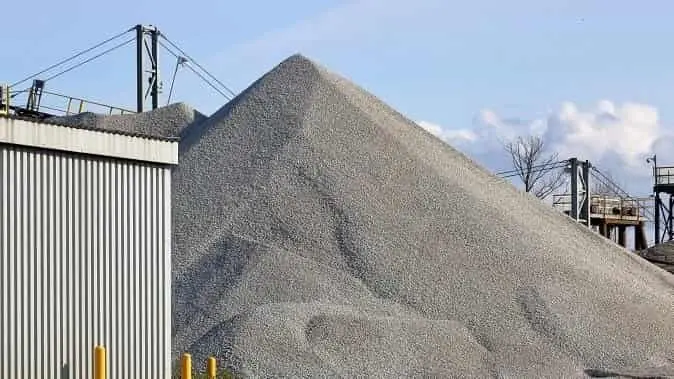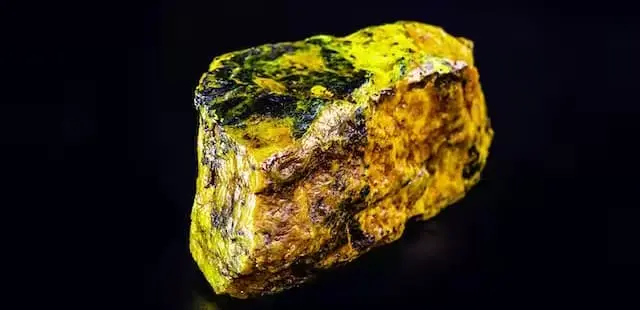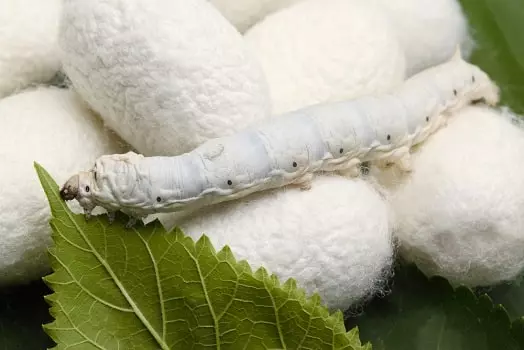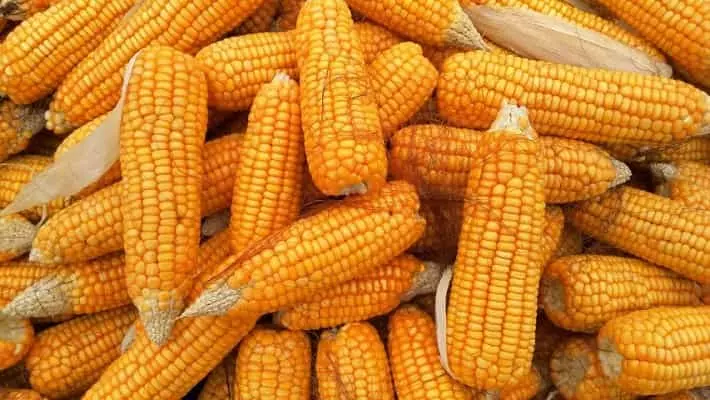It is possible that learning the exact number of countries throughout the world that grow sugarcane would come as a surprise to you. If I told you that 124 are accountable for the creation of sugar, would that surprise you? Many nations around the world rely heavily on sugar as an essential export commodity.
If you can understand it, India was the very first country in the world to ever grow sugar, and this occurred more than 2,000 years ago. Sugar cane isn’t the only component that is utilized in the manufacturing of sugar, which is a fact that many people are unaware of. Beets are frequently used in the process of making sugar.
The Food & Agriculture Organization of UN reports that 124 countries are involved in the sugar production industry. In terms of sugar production, Djibouti generates the least quantity of any country in the world, while Brazil, a strong nation in South America, easily produces more sugar than any other nation on the planet.
The information was collected and published by authorities from the United Nations; hence the units of measurement that were utilized were tonnes (metric). As a point of clarity, one tonnes is equivalent to one thousand kilogram’s, which is approximately 2,204 pounds.
Returning to the question about how much sugarcane is produced and cultivated all over the world, it is important to note that the production of sugarcane accounts for eighty percent of the sugar business. The remaining sugar output is separated into sugar made from beets, sugar made from cane, raw sugar, and finally very tiny quantities of various types of sugar that cannot be categorized. The global industry that deals in the production of sugar is not expanding at the same breakneck speed as it previously did.
Although the business is witnessing a modest decrease in jobs, income, employees, and total production amounts of sugar, the sector has gone through some kind of drop in sales and output in years past. This is not a new phenomenon. It wouldn’t be unexpected in the least if, in the not-too-distant future, the business sector started picking up steam once more.
Important facts to note
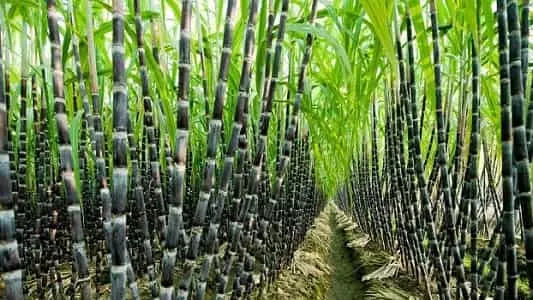
- The United States of America, India, Brazil, Thailand, and China are the top five countries in terms of sugar production.
- Sugar is one of Thailand’s most important agricultural products, and the country has recently rebounded from a drought to reach its prior production levels.
- Both sugarcane and sugar beets can be used in the process of extracting sugar. In place of other types of sugar, some people choose to sweeten their food with corn sugar.
- Sugar is produced in large quantities in China, but the country’s exports are constrained by hefty tariffs.
- Cane sugar accounts for 80% of total output, which gives it a significant market share; nevertheless, beet sugar is indeed a major crop in climes that are further north.
Largest Producers Of Sugarcane In The World
Let’s understand them in detail
1. Brazil (592.6 million metric tons)
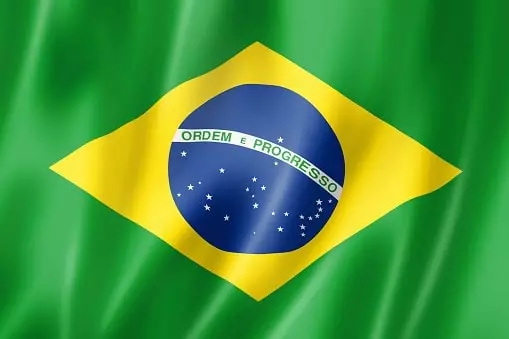
It is anticipated that Brazil would add an additional million tonnes to its already large contribution to the world’s largest sugar supply during the harvest year 2022-2023, in part because of the good weather conditions. Regardless of the fact that additional farmland in Brazil is being dedicated to the cultivation of soybeans and corn, this is the case.
The choice made by Brazil to convert a portion of their sugarcane crop from manufacture of ethanol to the production of sugar is also contributing to the boost in production that the country has seen. Brazil is not only the country that produces the most sugar in the world, but it also produces more ethanol than any country other than the United States.
Since the middle of the 1990s, Brazil has seen an almost threefold increase in the amount of sugar cane that is collected and processed.
This reflects the growing demand for renewable fuels in overall as well as ethanol made from sugar cane specifically. Brazil’s potential as an efficient and effective ethanol powerhouse has been demonstrated by the fact that there has been no decline in the country’s food output during that time.
2. India (394.2 million metric tons)

India is currently in second place behind Brazil in terms of sugar output but was in first place as recently as the year 2020. Additionally, it is the country that consumes the most sugar worldwide, with an annual consumption of 29 million metric tonnes.
India is responsible for roughly 15 percent of the total sugar production in the globe. In the same time, the quantity of sugar that is consumed within the country is growing. In the years 2022-2023, it is anticipated that the company’s total output will drop by 3%, landing at 35.8 million tonnes.
3. Thailand (125.5 million metric tons)

Sugar cane is among the most important commodities grown in Thailand, and the nation is currently making a comeback after a drought that caused significant damage to its output in the crop year of 2020-2021. It is anticipated that production will reach 10.5 million tonnes in 2022-2023, representing a marginal improvement over the previous year’s total.
The majority of Thailand’s sugar production is sold outside, and the country is really the second largest exporter of sugar in the world, behind Brazil. The amount of sugar that is consumed within Thailand is growing, which leads to a further decline in the country’s revenue from sugar exports.
4. China (112.4 million metric tons)

It is anticipated that China’s annual sugar production will increase by 400,000 tonnes, reaching 10.1 million tonnes with the harvest of 2022-2023.
Despite the fact that China is among the major sugar producers in the world, the country is an importer of sugar, and the demand for sugar in the country’s domestic market has increased substantially over the past few years.
Domestic prices in China are kept extraordinarily inflated by Chinese government in order to help the country’s farmers, whereas worldwide sugar prices have been steadily declining throughout the course of history. This has resulted in a significant price differential.
The indigenous sugar industry in China has struggled to compete successfully on the international stage. Sugar production is more expensive for the company than it is for some of its international competitors.
As part of its deal with World Trade Organization, China lowers its sugar import tax from 30% to 15%, allowing it to continue importing 1.95 million tonnes of sugar annually. Imports that exceed that level are required to have additional permits and are prone to greater levies of up to 50 percent.
China even tacked to that 50percentage tariff for several years’ worth of time. During the 2019–2020 fiscal years, the overall tariff for imports that were higher than the permitted quota was 85percentage points or even 95%. The tariffs were set to expire in May of 2020, and because China did not extend them, they reverted to their original level of 50%.
5. United States (80.3 million metric tons)

The United States of America is currently the fifth largest sugarcane producer in the world, and it is anticipated that the country’s total production would reach 8.2 million tonnes ( mt during the growing season of 2022-2023.
The United States, in contrast to the vast majority of other nations, is a leading producer of both sugar cane and sugar beets, with sugarcane representing approximately 45% of national output and beets accounting for approximately 55%.
Corn, on the other hand, is not the tastiest cash crop in the United States; it comes from another plant. In 2020, the United States generated 7.6 million short tonnes of high-fructose corn syrup, which was a significant decrease from the peak production level of more than 9.1 million in 2012.
The beverages, dairy & processed food sectors all make frequent use of these sweeteners as sugar replacements in their products.
6. European Union
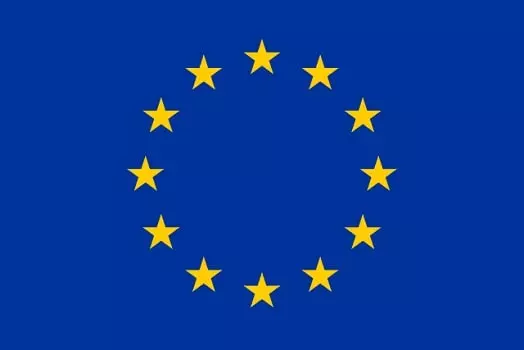
If the European Union were its own country, it would produce sugar at a rate that would make it the third-largest producer in the world, after India and Brazil. It is anticipated that the European Union would generate 16.3 million metric tonnes of sugar for the crop year 2022/2023. This is a decrease of approximately 250,000 tonnes as a result of European farmers switching from sugar beet to other crops that are more profitable.
The European Union (EU) is in fact the largest manufacturer of beet sugar in the world, which accounts for twenty percent of the total sugar output in the globe.
The majority of Europe’s sugar beet crop is grown in northern countries like France’s northern regions, as well as Germany, Netherlands, Belgium and Poland.
World Sugarcane Production FAQs
Q1. How much sugarcane is produced worldwide each year?
Ans: Global sugarcane production varies from year to year, but it is estimated to be around 1.9 billion metric tons annually. Brazil is the largest producer, accounting for a significant portion of the world’s total production.
Q2. What is sugarcane primarily used for?
Ans: Sugarcane has multiple uses. The primary use is for the production of sugar. Sugarcane juice is extracted, refined, and processed to produce various forms of sugar, including granulated sugar, molasses, and syrup. Additionally, sugarcane is used in the production of bioethanol, which is used as a renewable fuel source.
Q3. What factors influence sugarcane production?
Ans: Several factors influence sugarcane production, including climate, soil quality, water availability, agricultural practices, and pests and diseases. Sugarcane is typically grown in tropical and subtropical regions with warm temperatures, ample rainfall, and well-drained soils.
Q4. How is sugarcane harvested?
Ans: Sugarcane is typically harvested by cutting the mature stalks close to the ground. The stalks are then transported to processing facilities, where they undergo various stages of extraction and refinement to obtain sugar or other sugarcane-based products.
Q5. Are there any challenges or issues associated with sugarcane production?
Ans: Sugarcane production faces several challenges. Some of the key issues include water scarcity, labor-intensive farming practices, environmental impacts, pests and diseases, and market fluctuations. Additionally, there is ongoing concern about the sustainability of sugarcane farming due to its impact on land use and biodiversity.
Q6. Is sugarcane production sustainable?
Ans: Sugarcane production can be sustainable if proper agricultural practices are implemented. This includes responsible water management, efficient use of fertilizers and pesticides, soil conservation techniques, and adoption of renewable energy sources in processing facilities. Sustainable sugarcane production also involves minimizing the environmental impact, promoting fair labor practices, and preserving natural ecosystems.

